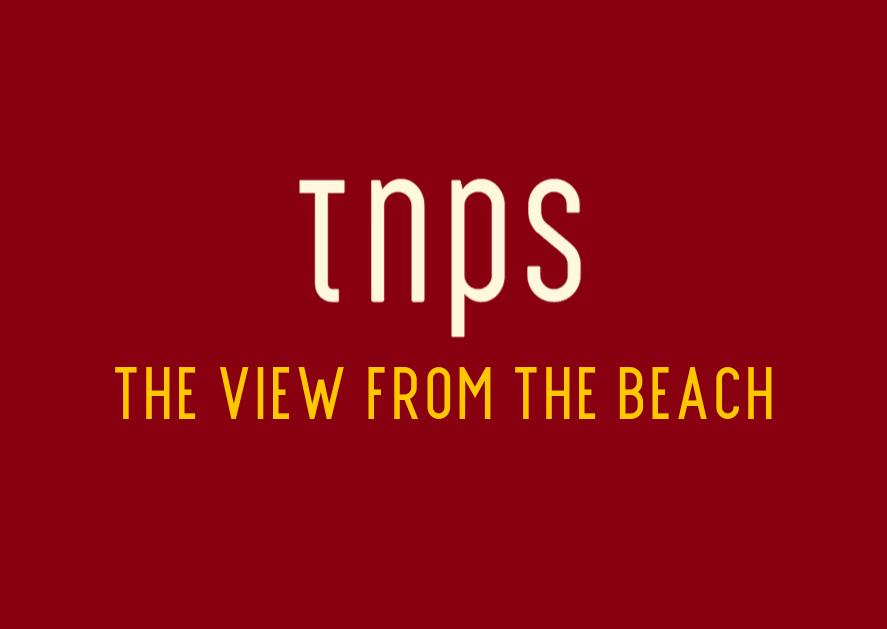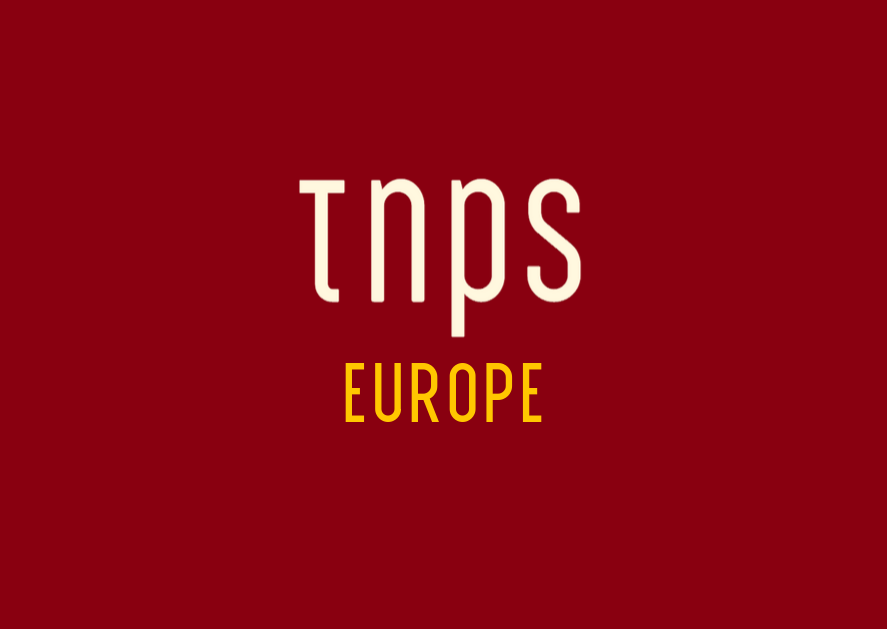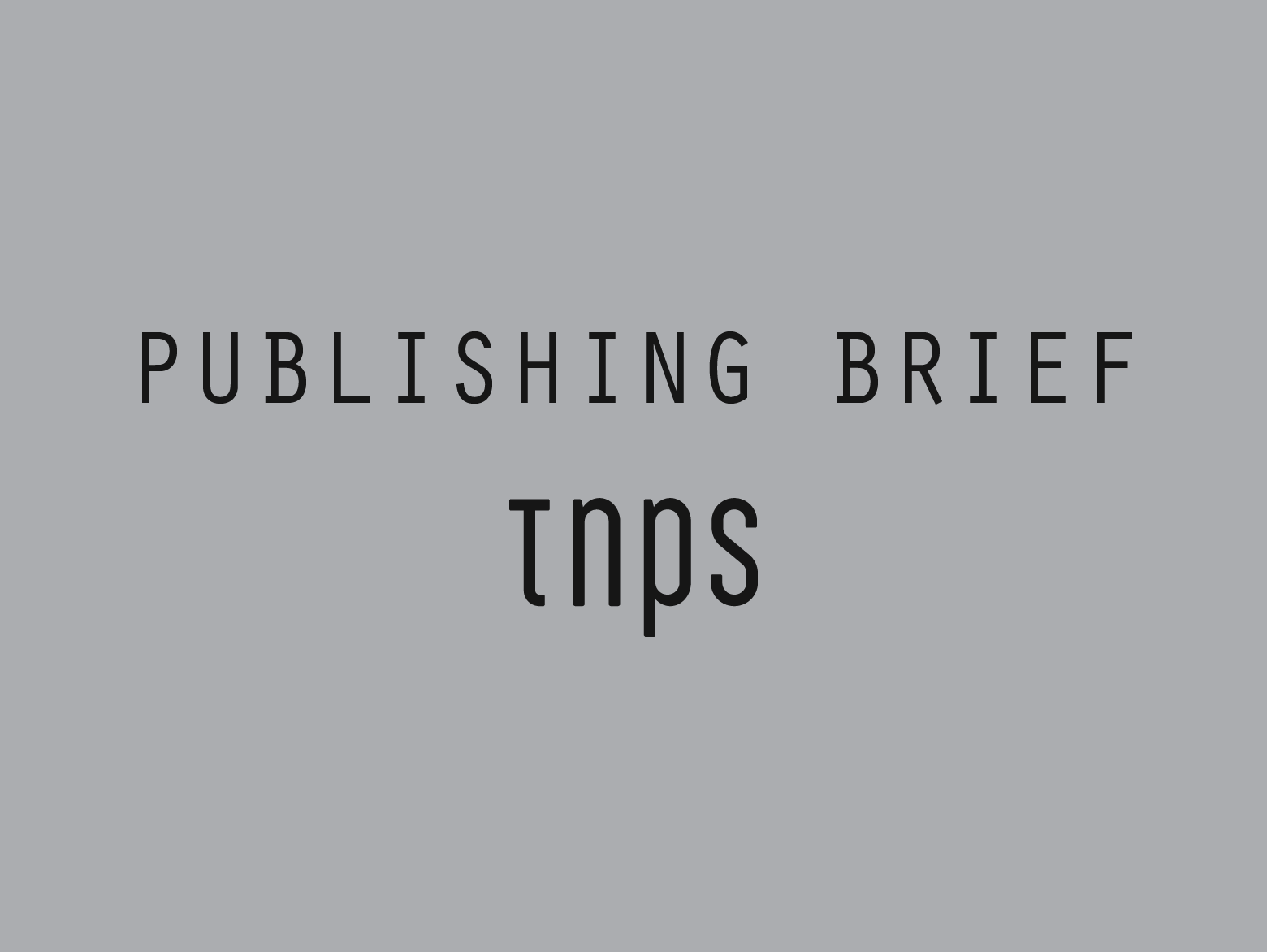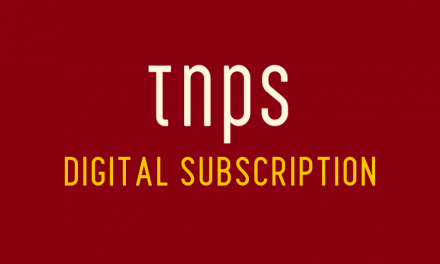POD is an exciting prospect for the global book markets and will come into its own in this coming decade, with Sweden perhaps most likely to lead the fray.
The Shatzkin Files, the blog of highly-respected publishing industry commentator Mike Shatzkin, has lately become a walking advert for Ingram, but there are still gems to be mined.
Most significant in Shatzkin’s reporting is that Ingram’s Lightning Source, the POD arm for mainstream publishers (it has a separate arm, Lightning Spark, for indie authors) accounted for over half the New York Times paperback bestseller list in June 2020.
That of course at the height of what we now call the first wave of the pandemic, with regular bookstores closed and a big shift to online book buying, as Shatzkin acknowledges.
Let me quote Shatzkin in full on this before moving back to the bigger picture:
Ingram had been making the case for a few years that publishers should set up even their most active titles in Lightning, not for “just in time” but “just in case”. Just in case they got a big publicity break and didn’t want to miss the couple of weeks it would take to get a reprint into distribution. Just in case a book from the deep backlist suddenly was announced as relevant on a website. And, as it turns out, just in case there was a pandemic that made the normal book supply chain cumbersome and inefficient at the very time that millions of people suddenly were going to their computers to order up some books to read. Last June, at the height of the first wave of the pandemic, half the NY Times paperback bestseller list was being printed by Lightning.
It’s a stunning statistic, although lacking the detail and context that would make it more valuable to the industry.
Two questions immediately spring to mind here.
First, just how many of the NYT-list publishers were using Ingram in the first place, and second, how many of these chart-toppers were in fact backlist titles that might not even be readily available in mainstream bookstores?
The latter point goes to the heart of the value of POD for publishers of every size, because however much we may love printed books on paper, they take up physical space that is in short supply in physical bookstores, and so most bookstores focus on frontlist bestsellers, and backlist stocks will be largely limited to perennial consumer favourites by big name author brands.
POD makes the backlist close to instantly accessible – just the time it takes to print and deliver the order – but only if publishers have in the first place put their books into the POD system.
And while setting aside Shatzkin’s hyberbole dressed up as “not hyperbole but accuracy” assertion that Ingram is a truly global force –
The Ingram of today reaches every corner of the global book business. It is more accuracy than hyperbole to say that every publisher, every bookseller, and every library in the world does business with Ingram –
it must be acknowledged that for western publishing and especially US publishing, Ingram is a – probably the – major force in POD in the world today, and of course a major player in distribution of books to bookstores in many parts of (but absolutely not every corner of) the world.
Just for clarity there, Ingram itself states it has 39,000 global outlets for its POD service, most of which will be in the USA, and “over 50” outlets for its ebook and audio distribution.
That’s in stark contrast to Shatzkin saying “every publisher, every bookseller, and every library in the world does business with Ingram.”
To be clear, for publishers in the rest of the world beyond Shatzkin’s personal globe, Ingram is a major opportunity to reach the key western markets with print at a low cost.
But by no means the only one, and depending on which markets a publisher is targetting, it may not be the best.
And one key player, Amazon Print, somehow doesn’t get mentioned by Mike, hence my opener that Shatzkin’s blog is more a walking advert for Ingram than the objective source for industry debate that it once was.
While Amazon’s KDP Print has a clear focus on indie authors, there’s another side to Amazon’s POD service that reaches mainstream publishers willing to put even more traffic Amazon’s way, and beyond the core English-language markets there are aggregators like Bookwire making it easy for publishers to reach the Spanish-language markets using Amazon POD.
POD is an exciting prospect for the global book markets and will come into its own in this coming decade, with Sweden perhaps most likely to lead the fray. Here digital (mainly audio) has already reduced print book market share to below 50%, and as the economics of traditional print runs revolve around high volume, so ever-smaller print runs will come ever closer to POD costs. Expect a shift to POD printing in Sweden in the near future.
For the emerging markets the potential of POD will be tempered by the delivery infrastructure, but even here there is room for massive growth. Any bookstore that can receive regular print deliveries can also receive POD deliveries.
As more and more consumers around the world turn to buying books online, so POD will come into its own, and Mike, no question Ingram will get a share of that action, but the global book market is much bigger than Ingram’s undeniably impressive reach.





